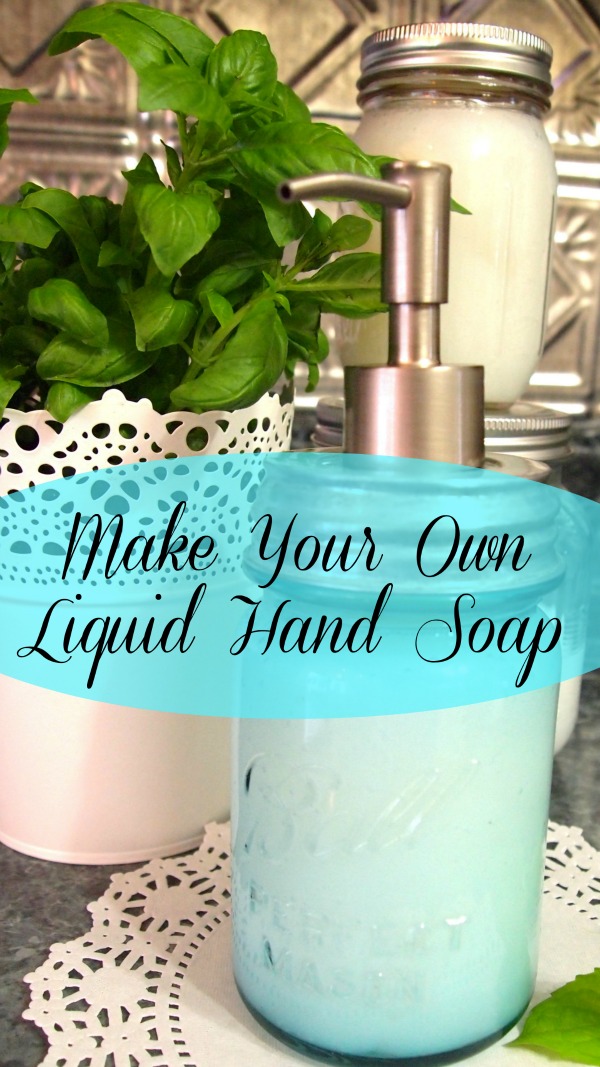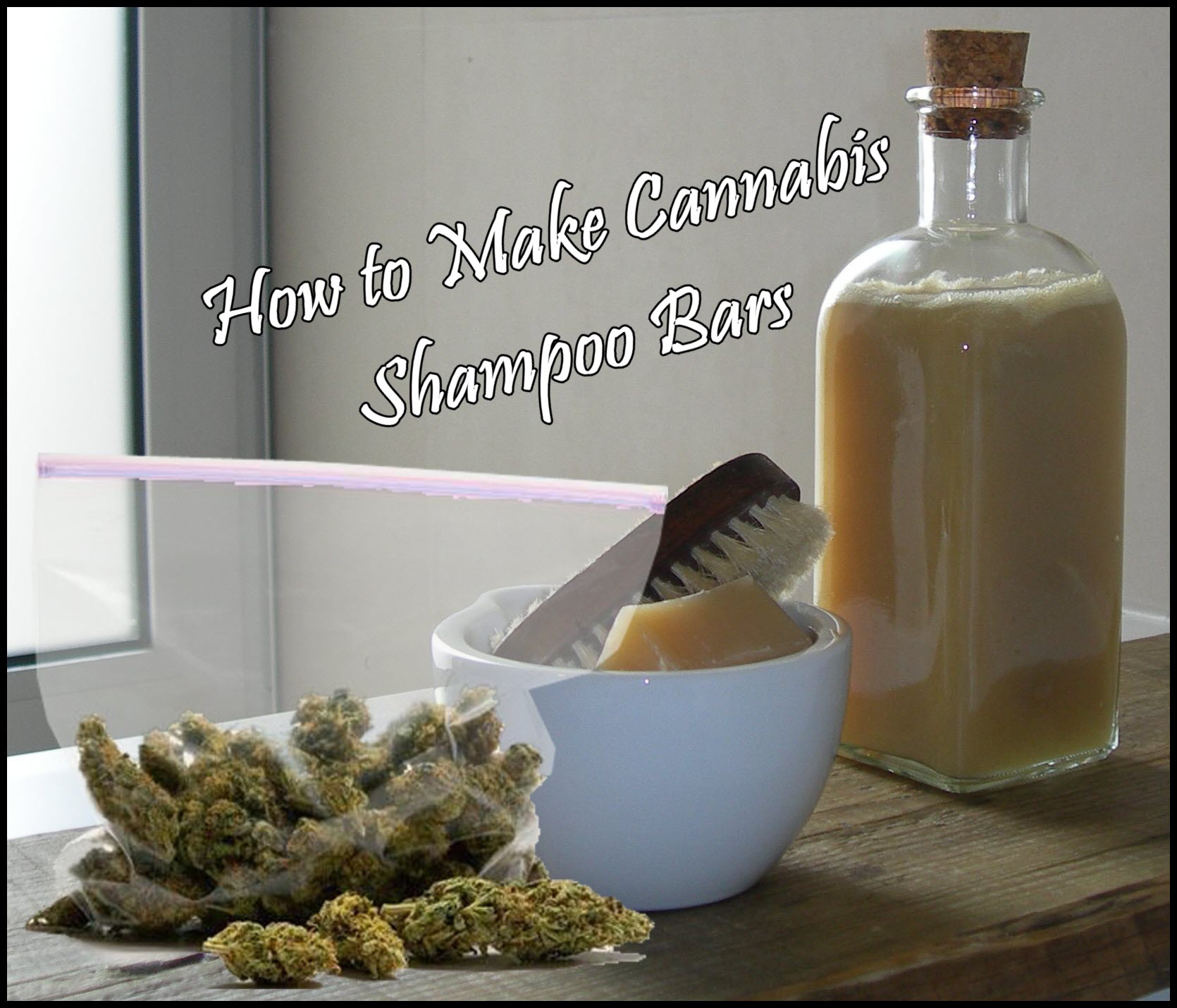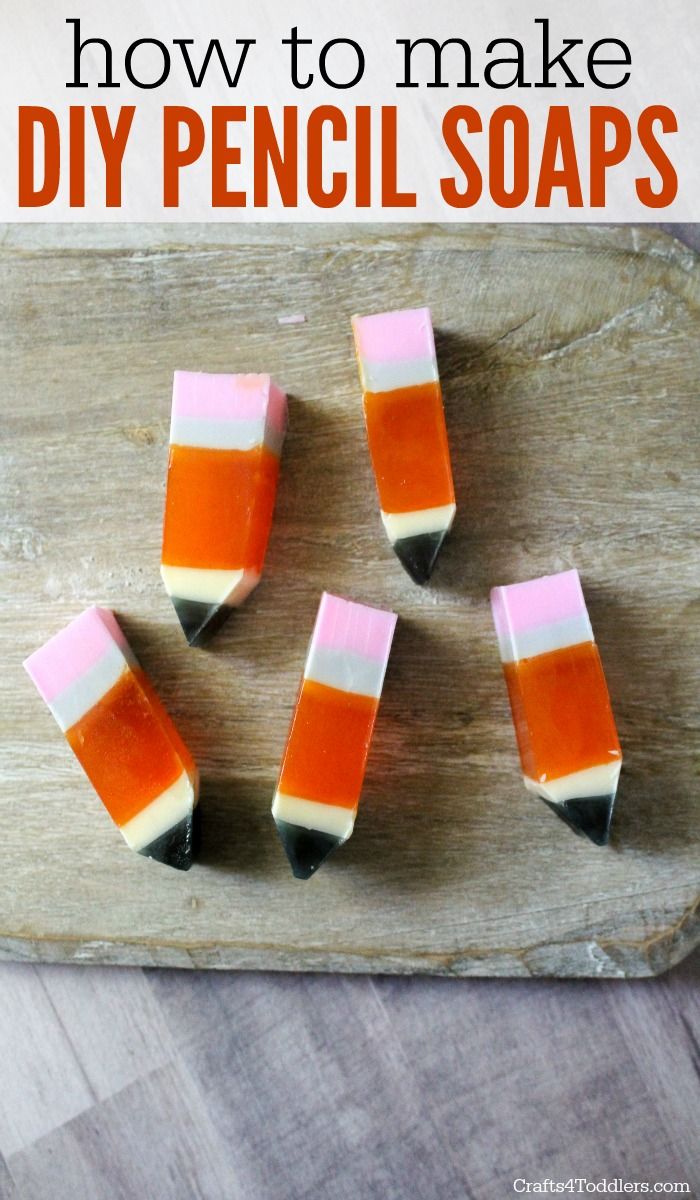Table of Content
Choose vegetable oils to form a base for your soap. You can use all kinds of vegetable oil to create soap. The type of oil you choose determines the amount of other ingredients you need. For your first time making soap, keep it simple by sticking to 1 or 2 different types of oils. Pomace olive oil from a grocery store is a common base to start with. Measure out 38 oz of oil on a kitchen scale by weight instead of volume.

Before getting to it, however, you need to understand that it may not be as simple as the cold hard pressing procedure you could be used to. Liquid soap making is more complicated and requires that you exercise a lot of precision to achieve results. Instead of sodium hydroxide that used in bar soaps, liquid soaps will require you to use potassium hydroxide to saponify the liquid soap.
Congratulations Soap Maker!
You can create soaps using animal-by products only, natural ingredients only, or you can mix with ingredients. Being a competitive space, you will need to experiment with scents, moisturizers, and colors to stand out. You can easily get bar soap making training in Kenya from experts or learn vocational training. In this article, we are going to show you how to start bar soap and liquid soap making business in Kenya. To succeed at this business, you will need to develop quality soaps, control your pricing and target the right customers. Melt and pour is the perfect place to start learning about soap making.
Cold process uses the internal heat that’s naturally produced during saponification. The bars will completely harden in 4 to 6 weeks. While you can adjust the ingredients to make smaller or larger batches, it’s important to calculate a safe amount of lye.
Step 2: Adjuncts/Aggregates
Read on for tips to make homemade soap and a recipe to get you started. You have plenty of options for buying soap in stores, but it’s also possible to make soap at home. Making a mild soap can be both fun and cost effective. Plus, you can choose the ingredients and scents based on your preferences. You do not want the pot containing soap to get excessive heat on any one point, such as the bottom. A double boiler works well because the water surrounding the top pot is what heats the pot – not direct contact with the stovetop burner.

Are you looking for something to clear out your garden from pests? Insecticidal soap is the answer to your prayers! It's a non-toxic product you can either buy or make at home at a fraction of the...
Strictly Kienyeji: Daddy Owen Seeking Village Girl To Marry As Time Runs Out
Then, wrap a towel around the entire mold to insulate it. Doing this helps the mold set properly, leading to better soap. Soap molds are available online and at some general stores.

Our experts continually monitor the health and wellness space, and we update our articles when new information becomes available. It often helps to stick with one scent and one colorant until you understand how they affect the finished soap. You can use your soap at this point, but you may want to let it dry for another week. This will improve its hardness and quality.
If you need a liner, freezer papers are available at most supermarkets. Tap water often has minerals that affect how your soap turns out. To avoid this, purchase distilled water from a grocery store. Some calculators have an option for superfatting, which means using extra fat to make the soap softer. For a good default consistency, set the option at 5%.

The amount of lye you need varies depending on the oil you use. Use the correct ratio of lye to oil to make solid bars of soap that don’t sting your skin when you use them. Soap is a by-product of ingredients, namely caustic and extension. Caustic is the name of the chemical known as sodium hydroxide, which is readily available in the market.
Place the pieces in a well-ventilated place so that all available water evaporates. Adjuncts are things that are added to something else to complement to final product. An example of an important adjunct in the soap making process would be canola oil. Tap the mold against a hard surface a few times to break up air bubbles.
In the reaction, the triglyceride will begin dividing, and the fatty acids will start bonding with the hydroxide ions in the base to form soap. Even some of the most hard-core traditional cold process soap makers have been saved by the instant usability of melt and pour soap. I know many soapers who have made over 200 custom soap bars in just a few hours to fill a last-minute custom order.
There are different ways to make soap, from super simple to extremely complex. We will focus on the best method for beginners to create custom bars of deep cleaning luxury. I’m talking about highly customized melt and pour soap. Lye, or sodium hydroxide has a significant role in the process of saponification. It increases the rate at which the triglyceride ester bonds divide.
Next, you want to calculate your saponification values so you know how much of the sodium hydroxide mixture to add to your soap recipe. Measure out the lye into a separate container on a kitchen scale. Carefully pour about 4.8 oz of lye into a heat-safe glass or plastic measuring cup. Make sure you have the amount specified by your recipe or lye calculator.
Add yours
Many soap bases reach a good consistency within a couple of minutes. Depending on the base you use, you may need to keep stirring for 15 minutes or more to make the batter smooth. Soap making is a profitable business in Kenya. You can sell each bar soap at Ksh 100 and you will have made Ksh 45 as profit. This is a good profit margin to help your pay for overhead costs. Add caustic water to the oil bowl gently to prevent splashing while stirring lightly.

Depending on how you cut the soap, you’ll get 7 to 10 bars. Let cool until the mixture drops below 180°F (82°C). Add essential oils and colorants, if using. Continue blending and stirring for 10 to 15 minutes, or until the soap has reached trace. This is when the oils and lye solution have thickened and look like pudding.

No comments:
Post a Comment